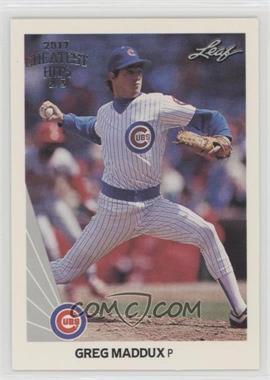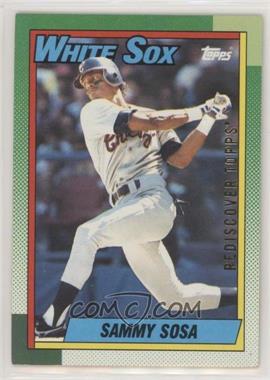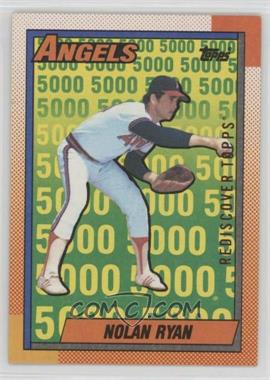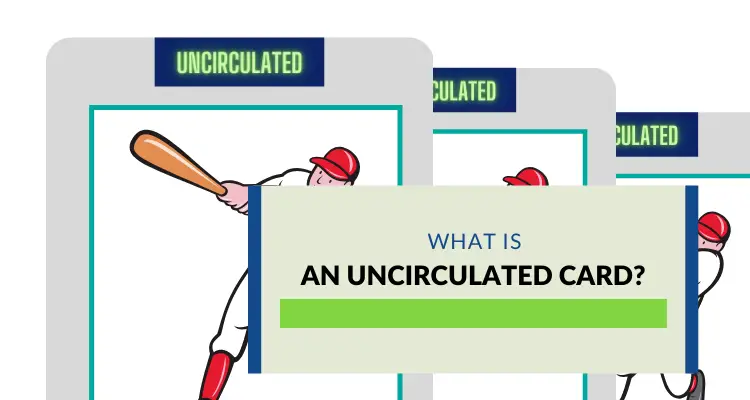 Ryan Barone (@ballcardgenius, Card Expert) is a lifelong member of the hobby. He has been quoted in PSA Magazine, and his content has regularly been mentioned in “Quick Rips” (the Topps RIPPED Newsletter) and across other hobby publications. hello@ballcardgenius.com; Last Time Ago LLC dba Ballcard Genius.
Ryan Barone (@ballcardgenius, Card Expert) is a lifelong member of the hobby. He has been quoted in PSA Magazine, and his content has regularly been mentioned in “Quick Rips” (the Topps RIPPED Newsletter) and across other hobby publications. hello@ballcardgenius.com; Last Time Ago LLC dba Ballcard Genius.
Affiliate Disclosure: This post contains affiliate links. As I am a part of the eBay Partner Network and other programs, if you follow these links and make a purchase, I’ll receive commission. As an Amazon Associate, I earn from qualifying purchases.
In cards, a buyback is when an already-released card is “bought” back from the market and re-inserted into a new product. This buyback card usually has an added feature, like an autograph, serial number, or stamp.
As mentioned above, the Archies Signature Series line of cards is a popular release that features exclusively buyback cards. As you can see below, from the Archives Retired Player Edition, these are already-released cards that have since been autographed, given a serial number, and encased in a magnetic holder.
This was a 1984 Topps card that became a buyback and added to the 2019 release.
![2019 Topps Archives Signature Series Retired Player Edition Buybacks - [Base] #84T-764 - Mike Hargrove (1984 Topps) /52 [Buy Back] - Courtesy of COMC.com](https://img.comc.com/i/Baseball/2019/Topps-Archives-Signature-Series-Retired-Player-Edition-Buybacks---Base/84T-764/Mike-Hargrove-(1984-Topps).jpg?id=44eeb034-72a5-4e80-b001-542d5dd63062&size=original)
Why Might People Not Like Buybacks?
All of that said, there are plenty of people who don’t enjoy buyback cards for a variety of reasons. So, let’s take a look at a few and then also provide some counter points.
Design Rehash
One, collectors might see buybacks as a form of “laziness,” where no time or thought has been put into a new design, and instead, the same old product is simply being rolled out again at increased prices.
On the other hand, there are many collectors, who – for example using the 1984 card above – lived through these years and are happy to see the cards return in a new and different form; one that blends the “vintage” or old-style feel with the new encased card feel, autograph, and serial number.
Autograph Confusion
Given you’re here on this blog post, it’s easy to see how buyback cards can lead to confusion—not only with simply figuring out what they are, but also being able to distinguish between buyback cards and original issues.
The Archives series cards mentioned above are fairly easy to distinguish given their distribution in mags and the presence of the auto, serial number, etc.
But how about these?


Not as easy, right? Sure, they are stamped, which should tip you off, but anyone who has been in the exciting presence of cards knows that it’s not always easy to think – and see – straight.
Too Many
Last, while many people can deal with one buyback or re-release of an old card or design, these all tend to be done over and over again. Going back to the 1990 Topps Sammy Sosa example above, just look at how much the 1990 look and design has been done over the years. (And this isn’t even all of them! The actual design has been done much more than these three instances.)
![2021 Topps Archives Signature Series - Retired Player Edition Buybacks #90T-3 - Nolan Ryan (1990 Topps) /1 [Buy Back] - Courtesy of COMC.com](https://img.comc.com/i/Baseball/2021/Topps-Archives-Signature-Series---Retired-Player-Edition-Buybacks/90T-3/Nolan-Ryan-(1990-Topps).jpg?id=1ac64fe4-8f9c-46c6-96b4-8d65dedf84cc&size=original)

![1990 Topps - [Base] #3 - Nolan Ryan [EX to NM] - Courtesy of COMC.com](https://img.comc.com/i/Baseball/1990/Topps---Base/3/Nolan-Ryan.jpg?id=5d818ea4-0f46-46db-ab4a-1bb6448949f3&size=original)
Now, these aren’t all buybacks, but the point remains—the presence of another 1990 Topps buyback is just another one to add to the list.
All in all, buybacks can be fine, but they can also be confusing. Hopefully now you have at least a more clear idea now what they are, and how you might want to go about collecting them.



